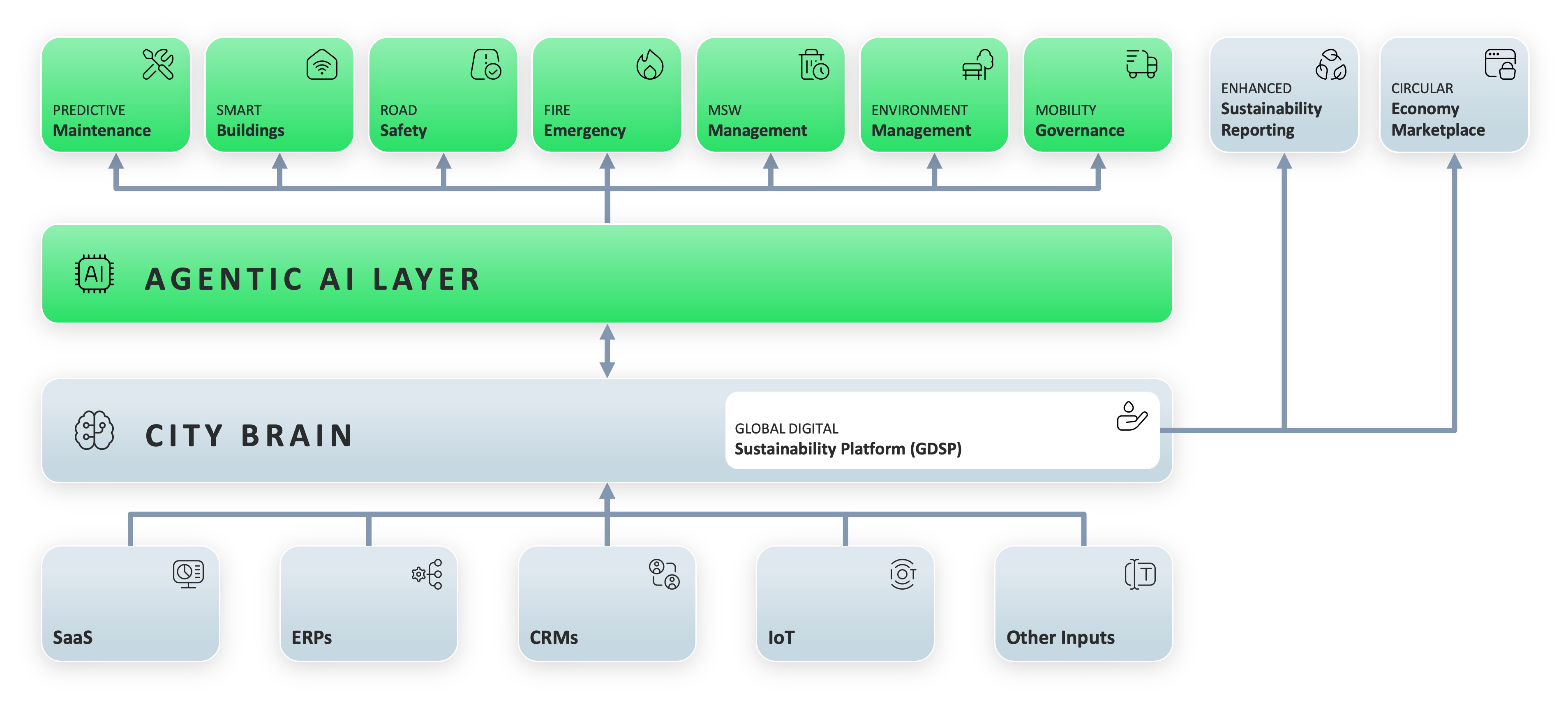
Morning

Noon

Afternoon

Evening

Night

Midnight
Average Accident
First Response Time
Average Accident
Closure Time
Key benefits of road safety and accident management
- Reduce travel time during emergency: First responders, ambulances, fire trucks and police will get green corridors and reach the location quick and fast
- Reduce traffic congestions: During emergencies traffic will be rerouted proactively and avoid discomfort for fellow travellers
- Improved planning & strategy: Analysis of accident patterns, aiding in the implementation of targeted measures to improve road safety and reduce accident rates. Enables data-driven decision-making in urban planning and development, prioritizing road safety and pedestrian-friendly infrastructure
- Improved communication to citizens: Real time live updates provided via public announcements systems and alerts. Instant alert & notifications over SMS and publish traffic diversion messages on digital billboards / signages
- Improved road safety index: Due to automated system of operations will enable inter department co-ordination and quicker response
And more...










-
1 Event Detection
Camera detects an accident with the help of applied video analytics algorithm Event is captured in the City Brain and Accident SOP is triggered
-
2 Initial Validation
City Brain analyzes data to confirm the event, assess severity, and pinpoint the location
City Brain creates a green corridor with optimized route to the hospital
-
3 Notification and Alert Dispatch
Alerts are sent to emergency services, stakeholders, and respective emergency response teams
Alert is sent to the ambulance and police station nearest to the accident site; in case of a fire emergency, the civil defence team is notified
-
4 Real-Time Coordination
City Brain connects to all the required emergency response team
Necessary information pertaining to the vehicles involved in the accident are made available to relevant stakeholders to easy communication
Time to report to incident location and time taken to clear the accident location is captured
-
5 Incident Resolution
Emergency services arrive and handle the situation with smart tools and real-time data
AI / ML algorithm analyzes the cause of the accident and generates recommendations for actions such as rerouting traffic, broadcasting alternative routes to nearby road users, etc
-
6 Post-Incident Management
Systems assess damage, and update hospitals on patient statuses
Identifying the cause of the accident and the mishap details
Identify the cause for delay, if any, in dispatching first responder and emergency services
-
7 Audit and Reporting
Comprehensive incident analysis and recommendations for improvement are made
-
8 Continuous Monitoring and Readiness
Regular updates and training ensures preparedness for future incidents
Updating the automation of the SOPs
 Global Digital Sustainability Platform
Global Digital Sustainability Platform
 Enhanced Sustainability Reporting
Enhanced Sustainability Reporting
 Circular Economy Marketplace
Circular Economy Marketplace
GDSP is integral to all Aramco Digital solution offerings


Key Success Factors
- In-kingdom locally hosted complying with strict cybersecurity requirements of the kingdom
- Comprehensive cluster addressing multiple segments of customers across the full value chain
- Integration flexibility - integrate with APIs to ERP solutions, GRC applications, EHS software, custom databases
- Custom data glossaries - address requirements across a broad range of sectors and industries.
- Custom standard libraries - enabling organizations to implement and monitor sustainability frameworks
- AI enabled insights - predictive analysis, forecasting and scenario modeling
- Dynamic compliance - adjust data models at source level to accommodate new regulations
- Transition to Business Sustainability Management (BSM) - scenario modeling and decision intelligence features


Key Success Factors
- In-kingdom locally hosted complying with strict cybersecurity requirements of the kingdom
- Comprehensive cluster addressing multiple segments of customers across the full value chain
- Market map - facilitate policy decisions, better visibility on materials price & demand
- Value chain traceability - necessitating informal players across the value chain
- Cross sector standardization - consistent material or product nomenclature across industries
- True market value - better visibility on market demand and price elasticity for all products & materials


 Rotate your device for a better experience
Rotate your device for a better experience 



